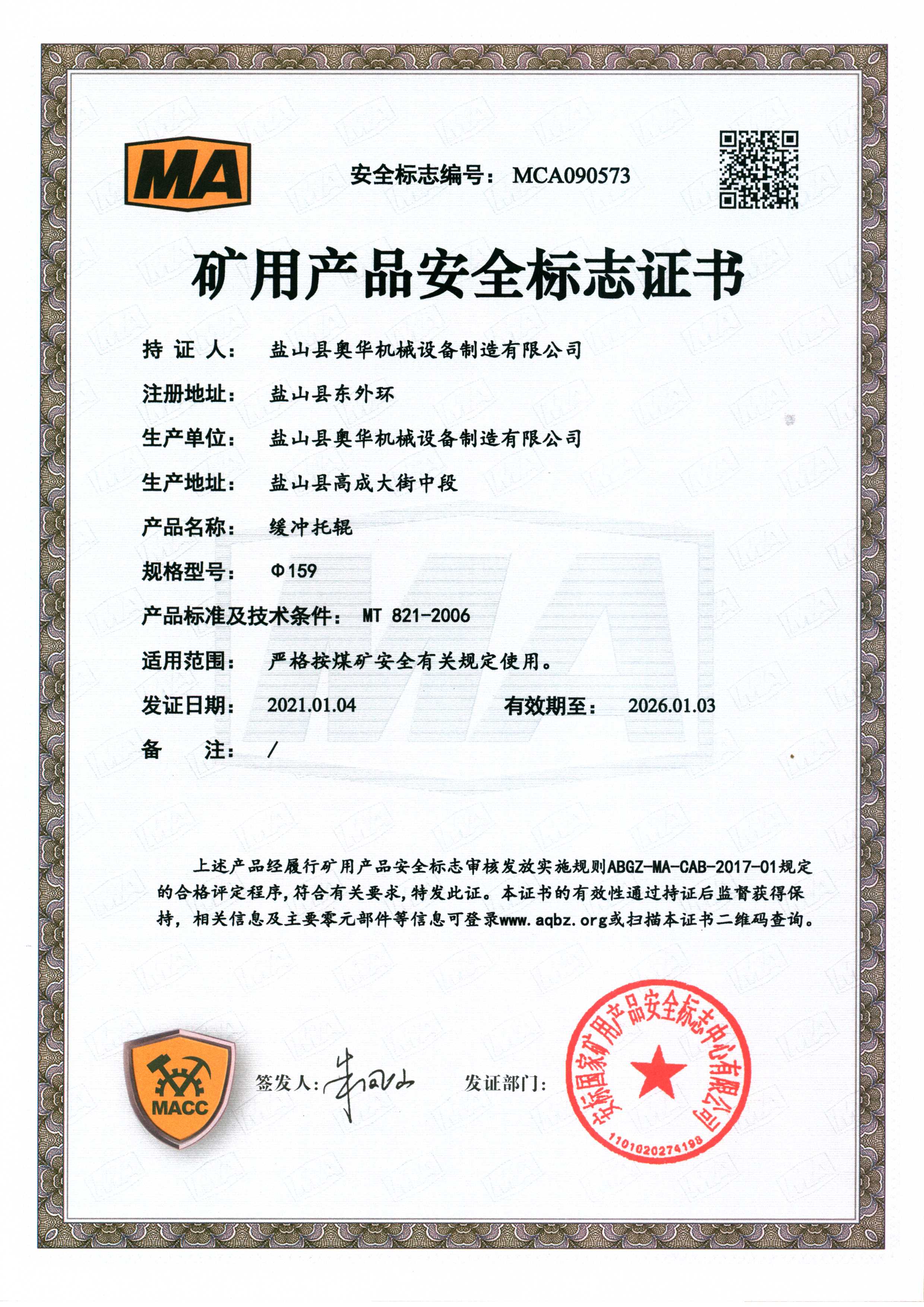 Afrikaans
Afrikaans  Albanian
Albanian  Amharic
Amharic  Arabic
Arabic  Armenian
Armenian  Azerbaijani
Azerbaijani  Basque
Basque  Belarusian
Belarusian  Bengali
Bengali  Bosnian
Bosnian  Bulgarian
Bulgarian  Catalan
Catalan  Cebuano
Cebuano  Corsican
Corsican  Croatian
Croatian  Czech
Czech  Danish
Danish  Dutch
Dutch  English
English  Esperanto
Esperanto  Estonian
Estonian  Finnish
Finnish  French
French  Frisian
Frisian  Galician
Galician  Georgian
Georgian  German
German  Greek
Greek  Gujarati
Gujarati  Haitian Creole
Haitian Creole  hausa
hausa  hawaiian
hawaiian  Hebrew
Hebrew  Hindi
Hindi  Miao
Miao  Hungarian
Hungarian  Icelandic
Icelandic  igbo
igbo  Indonesian
Indonesian  irish
irish  Italian
Italian  Japanese
Japanese  Javanese
Javanese  Kannada
Kannada  kazakh
kazakh  Khmer
Khmer  Rwandese
Rwandese  Korean
Korean  Kurdish
Kurdish  Kyrgyz
Kyrgyz  Lao
Lao  Latin
Latin  Latvian
Latvian  Lithuanian
Lithuanian  Luxembourgish
Luxembourgish  Macedonian
Macedonian  Malgashi
Malgashi  Malay
Malay  Malayalam
Malayalam  Maltese
Maltese  Maori
Maori  Marathi
Marathi  Mongolian
Mongolian  Myanmar
Myanmar  Nepali
Nepali  Norwegian
Norwegian  Norwegian
Norwegian  Occitan
Occitan  Pashto
Pashto  Persian
Persian  Polish
Polish  Portuguese
Portuguese  Punjabi
Punjabi  Romanian
Romanian  Russian
Russian  Samoan
Samoan  Scottish Gaelic
Scottish Gaelic  Serbian
Serbian  Sesotho
Sesotho  Shona
Shona  Sindhi
Sindhi  Sinhala
Sinhala  Slovak
Slovak  Slovenian
Slovenian  Somali
Somali  Spanish
Spanish  Sundanese
Sundanese  Swahili
Swahili  Swedish
Swedish  Tagalog
Tagalog  Tajik
Tajik  Tamil
Tamil  Tatar
Tatar  Telugu
Telugu  Thai
Thai  Turkish
Turkish  Turkmen
Turkmen  Ukrainian
Ukrainian  Urdu
Urdu  Uighur
Uighur  Uzbek
Uzbek  Vietnamese
Vietnamese  Welsh
Welsh  Bantu
Bantu  Yiddish
Yiddish  Yoruba
Yoruba  Zulu
Zulu pressed steel bearing housing
Understanding Pressed Steel Bearing Housings
Pressed steel bearing housings are critical components in various mechanical applications. Their primary function is to encase and protect rolling elements, such as bearings, while ensuring they operate smoothly and efficiently. In this article, we will explore the design, manufacturing process, advantages, and applications of pressed steel bearing housings.
Design and Structure
Pressed steel bearing housings are typically fabricated from high-quality steel, which is shaped through a stamping process. This involves applying extreme pressure to the steel sheet to achieve the desired shape and dimensions. The design often incorporates features like flanges and mounting holes, which facilitate easy attachment to machinery or equipment.
The housing has a precisely engineered internal cavity where the bearing is seated. The dimensions are crucial as they must match the size of the bearing to prevent excessive movement and wear. Additionally, these housings may include features such as labyrinth seals or rubber gaskets to prevent contaminants from entering and to retain lubrication, ensuring that the bearing operates under optimal conditions.
Manufacturing Process
The manufacturing of pressed steel bearing housings involves several steps. Initially, high-quality steel sheets are selected based on their strength and ductility. The sheets are then cut into appropriate sizes and fed into a forming machine, where they undergo the stamping process. This may involve multiple stages of stamping to achieve the final shape.
After the pressing operation, the housings undergo quality checks to ensure they meet industry standards. This is critical, as any defects could lead to premature failure of the bearings housed within. Once approved, the housings may be treated with coatings or paints to enhance corrosion resistance and extend their lifecycle.
Advantages
pressed steel bearing housing

One of the primary advantages of pressed steel bearing housings is their strength-to-weight ratio. Compared to cast or solid steel housings, pressed steel designs are lighter while still providing excellent structural integrity. This is advantageous in applications where weight reduction is a critical factor, such as in the automotive and aerospace industries.
Additionally, pressed steel housings are often more cost-effective to produce. The stamping process allows for mass production, which reduces manufacturing costs. This is particularly beneficial for large-scale operations where thousands of housings are required.
Another significant advantage is their adaptability. Pressed steel bearing housings can be designed to accommodate various bearing sizes and configurations, making them versatile components suitable for a wide range of applications, from industrial machinery to consumer appliances.
Applications
Pressed steel bearing housings find applications in numerous industries. In automotive engineering, they are commonly used to support wheel bearings and other critical components that must endure significant loads and stresses. The mining and construction sectors also utilize these housings in equipment such as excavators and trucks, where reliability under harsh conditions is paramount.
In the manufacturing sector, pressed steel bearing housings are integral to conveyor systems and motors. They provide the necessary support and protection for bearings that ensure smooth operation over long periods. Moreover, in the field of robotics and automation, these housings play a crucial role in maintaining precision and efficiency in robotic joints and wheels.
Conclusion
Pressed steel bearing housings are essential components that enhance the performance and longevity of machinery across multiple industries. Their robust design, combined with the benefits of lightweight and cost-effective manufacturing, makes them a preferred choice for engineers and manufacturers alike. As technology advances, the design and capabilities of these housings will likely continue to evolve, further enhancing their effectiveness in modern applications. Understanding their importance and function allows engineers and technicians to make informed decisions about their use in various projects, ensuring optimal performance and reliability in mechanical systems.
-
Revolutionizing Conveyor Reliability with Advanced Rubber Lagging PulleysNewsJul.22,2025
-
Powering Precision and Durability with Expert Manufacturers of Conveyor ComponentsNewsJul.22,2025
-
Optimizing Conveyor Systems with Advanced Conveyor AccessoriesNewsJul.22,2025
-
Maximize Conveyor Efficiency with Quality Conveyor Idler PulleysNewsJul.22,2025
-
Future-Proof Your Conveyor System with High-Performance Polyurethane RollerNewsJul.22,2025
-
Driving Efficiency Forward with Quality Idlers and RollersNewsJul.22,2025





























